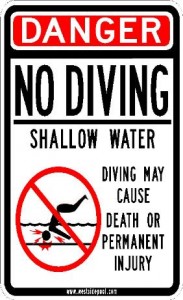 Believe it or not, the average home is full of dangers that often go unnoticed. In fact, accidents involving common household products cause 125,000 eye injuries each year.
Believe it or not, the average home is full of dangers that often go unnoticed. In fact, accidents involving common household products cause 125,000 eye injuries each year.
Ninety percent of these eye injures can be prevented through understanding, safety practices and the use of proper eye protection.




